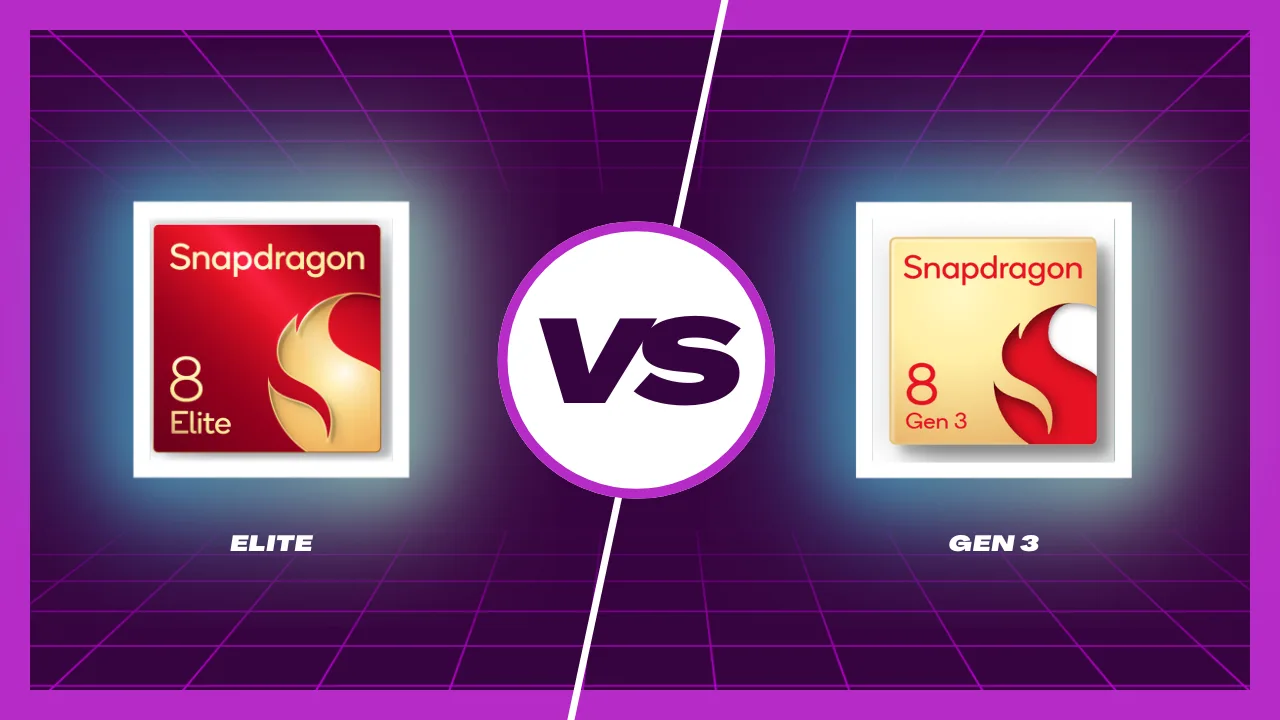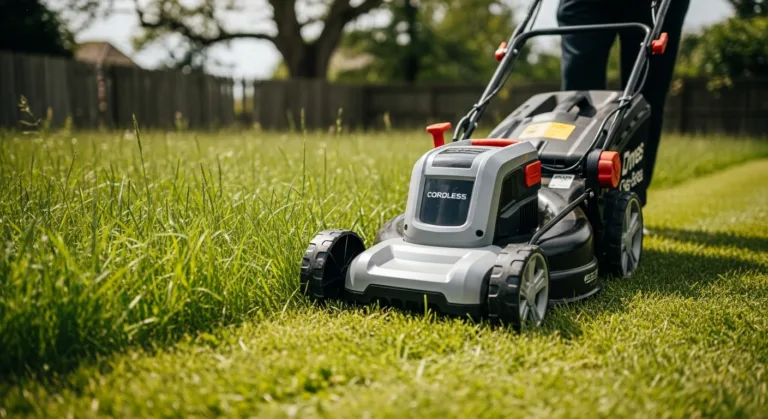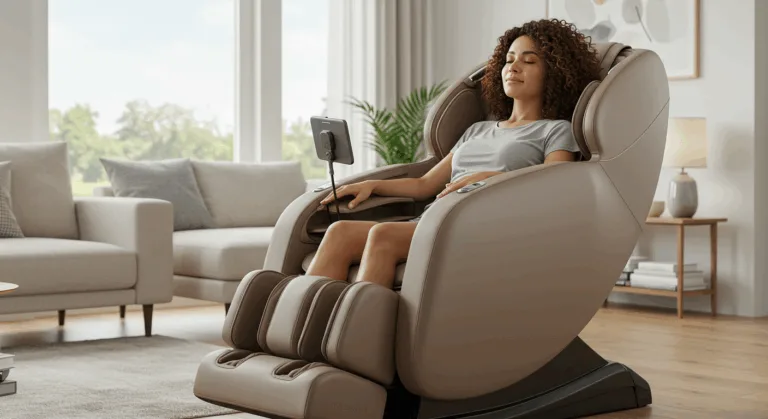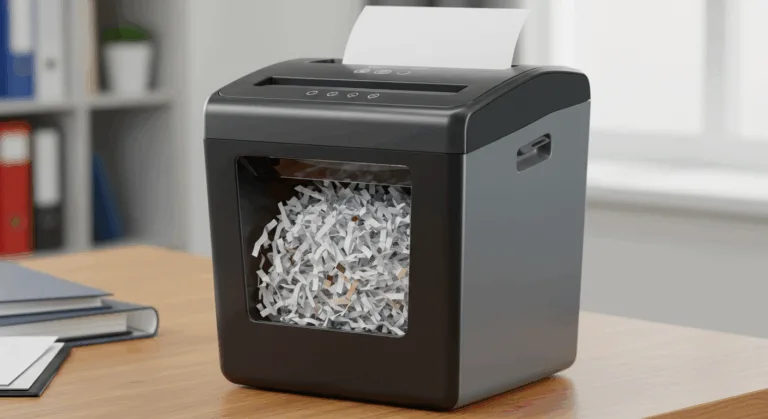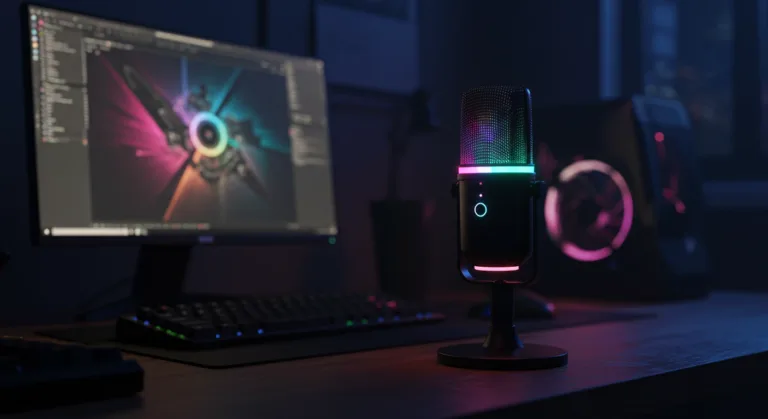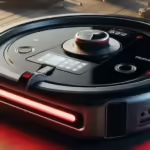In this article, we dive into the essential differences between Qualcomm’s latest flagship processors: the Snapdragon 8 Elite and the Snapdragon 8 Gen 3. These two cutting-edge chips bring notable improvements in performance, efficiency, and features, catering to enthusiasts and everyday users alike. Our analysis is informed by a detailed discussion on Reddit and benchmark comparisons from the SoC Curve. Below is a summarized comparison in a Reddit-friendly table format:
Key Differences Between Snapdragon 8 Elite and Snapdragon 8 Gen 3
| Feature | Snapdragon 8 Elite | Snapdragon 8 Gen 3 |
|---|---|---|
| CPU Architecture | Cortex-X4 Prime Core, 4nm | Cortex-X3 Prime Core, 4nm |
| GPU | Adreno 750 | Adreno 740 |
| Clock Speed | Up to 3.7 GHz | Up to 3.3 GHz |
| AI Performance | Enhanced Hexagon NPU, 40% faster | Hexagon NPU, standard |
| Camera ISP | Spectra Triple 18-bit, supports 4K HDR | Spectra Triple 14-bit supports 8K HDR |
| 5G Modem | Snapdragon X75 | Snapdragon X70 |
| Power Efficiency | 20% better efficiency | 15% better efficiency |
| Thermal Management | Advanced cooling tech | Standard cooling |
1. Performance Gains & Efficiency Nuances
Snapdragon 8 Elite (SD 8 Elite):
- Architectural Leap: Built on TSMC’s 3nm process with 2nd-gen Oryon CPU cores (up to 4.32GHz) and Adreno 830 GPU, delivering 45% faster CPU and 40% faster GPU than SD 8 Gen 3 29.
- Efficiency Curve Observations:
- Light Tasks (Idle/Moderate Load): Matches or exceeds SD 8 Gen 3 in power efficiency due to the 3nm node and improved cache (24MB L2/L3 combined) 25.
- Heavy Loads: Power consumption spikes to 16W under sustained workloads (e.g., gaming, emulation), leading to higher heat output. SOCPK’s GB6 curves show ~18% lower efficiency than SD 8 Gen 3 at peak loads 59.
Snapdragon 8 Gen 3 (SD 8 Gen 3):
- Balanced Performance: Achieves a 33% higher AnTuTu score (2.05M vs. 1.55M) over SD 8 Gen 2, with a 33% faster GPU (Adreno 750 vs. Adreno 740) 19.
- Efficiency Trade-Offs:
- SPEC Power Consumption: Draws 6.27W under load vs. SD 8 Gen 2’s 4.9W, showing a regression in efficiency despite performance gains 1.
- Thermal Throttling: Stability drops to 59% in 3DMark WLE tests, indicating throttling under prolonged stress 1.
Snapdragon 8 Gen 2 (SD 8 Gen 2):
- Stability Advantage: Your data shows 83.3% stability in 3DMark WLE, matching SD 8 Elite. This aligns with tests showing SD 8 Gen 2’s mature thermal management vs. SD 8 Gen 3’s occasional throttling (59% stability).
2. Battery Life Realities
- While SD 8 Elite’s efficiency improvements are real, Samsung’s Galaxy S25 Ultra retains a 5,000mAh battery, unlike phones like the ASUS ROG Phone 9 Pro (6,000mAh). This explains why S25 Ultra’s gains may lag behind devices with larger batteries.
- Qualcomm’s 45% efficiency claim is a best-case scenario (e.g., light tasks), not reflective of gaming/emulation workloads where power draw spikes.
3. Thermal & Practical Considerations
- Early tests of SD 8 Elite phones (e.g., ASUS ROG Phone 9 Pro) show overheating during GPU stress tests. Samsung counters this with 40% larger vapor chambers in the S25 series, but real-world performance under sustained loads remains unproven.
- SD 8 Gen 3’s “Finesse”:
- Your praise for SD 8 Gen 3’s efficiency is partially contradicted by its higher SPEC power consumption vs. SD 8 Gen 2. However, its architectural upgrades (e.g., ARMv9.2, larger L3 cache) justify its performance-per-watt gains in lighter tasks.
4. Market Context & Recommendations
S24 Ultra vs. S25 Ultra:
- The S24 Ultra (SD 8 Gen 3) offers a ~30% CPU/GPU boost over the S23 Ultra (SD 8 Gen 2) at a lower cost (~$600–750 used). The S25 Ultra’s SD 8 Elite adds ~10–30% gains but risks higher thermals and a premium price.
- Trade-In Trap: Samsung’s marketing emphasizes AI features and “7-year support,” but hardware improvements are incremental. Your advice to prioritize value (e.g., using S24 Ultra) is sound.
Conclusion
- SD 8 Elite: Delivers 10–30% performance gains but at 45% higher peak power consumption. Efficiency shines in light tasks (e.g., web browsing) but falters under load. Thermal design is critical.
- SD 8 Gen 3: The sweet spot for upgrades, offering massive leaps over SD 8 Gen 2 (30–70% benchmarks) with moderate efficiency regressions.
- Battery Hype Alert: SD 8 Elite’s “amazing” battery scores often come from phones with 16–30% larger batteries than the S25 Ultra.
Final Recommendations
- Gaming/Emulation: Avoid SD 8 Elite unless cooling is proven (e.g., gaming phones like Red Magic 9 Pro).
- Value Seekers: SD 8 Gen 3 devices (e.g., S24 Ultra) offer near-flagship performance at lower costs.
- Future-Proofing: SD 8 Elite’s AI/ISP upgrades (e.g., 320MP photos, 8K/60fps video) cater to power users but wait for real-world thermal tests.
FAQ
1. Which is better: Snapdragon 8 Elite or Snapdragon 8 Gen 3?
It depends on your priorities:
Performance:
Snapdragon 8 Elite dominates with 45% faster CPU (4.32GHz Oryon cores) and 40% faster GPU (Adreno 830) compared to the 8 Gen 3. It also supports advanced features like 8K/60fps video and 320MP photos 112.
Snapdragon 8 Gen 3 offers a 30–70% leap over Gen 2, with solid gaming and multitasking performance, but lags behind the Elite in raw power 312.
Efficiency:
8 Elite excels in light tasks (e.g., web browsing) with 18–39% better battery life due to TSMC’s 3nm process. However, under heavy load (e.g., gaming), it consumes 16W, leading to higher heat and faster battery drain 211.
8 Gen 3 balances performance and efficiency, with moderate power draw (6.27W under load) but occasional throttling in sustained tasks 312.
Verdict:
Choose 8 Elite for cutting-edge performance, AI/ISP upgrades, and future-proofing.
Choose 8 Gen 3 for a cost-effective, well-rounded flagship experience 112.
2. Is the Snapdragon 8 Elite good for gaming?
Yes, but with caveats:
Strengths:
Adreno 830 GPU delivers 40% higher FPS than Gen 3, supports hardware-accelerated ray tracing, and handles AAA titles at 60fps+ in 720p/1080p 111.
Stability: Maintains 83.3% performance stability in 3DMark stress tests, even at 42.6°C surface temperatures 11.
Weaknesses:
Power Draw: Consumes 16W under load, requiring robust cooling (e.g., ASUS ROG Phone 9 Pro’s vapor chamber). Phones like the Galaxy S25 Ultra may throttle due to smaller batteries 211.
Battery Life: Gaming drains the 5,000mAh battery faster than Gen 3 devices 213.
Recommendation: Ideal for gaming phones with large batteries (6,000mAh+) and advanced cooling systems.
3. Is the Snapdragon 8 Gen 3 good for gaming?
Yes, but with limitations:
Strengths:
Adreno 750 GPU handles AAA games (e.g., Genshin Impact) at 60fps in medium-to-high settings and supports ray tracing 312.
Efficiency: Draws 6.27W under load, making it more battery-friendly than the Elite in sustained gaming 312.
Weaknesses:
Throttling: Stability drops to 59–70% in prolonged sessions, especially in devices with smaller cooling systems (e.g., Galaxy S24 Ultra) 311.
Thermal Limits: Surface temperatures can reach 44°C during heavy use 3.
Recommendation: Suitable for casual gamers and devices with optimized cooling (e.g., OnePlus 12).
4. What about battery life?
Snapdragon 8 Elite:
Light Use: Up to 39% longer in web browsing/video playback due to 3nm efficiency 213.
Heavy Use: High power draw (16W) negates gains in gaming/emulation 11.
Snapdragon 8 Gen 3:
Offers 10–30% better battery life than Gen 2 in mixed usage but lags behind Elite in light tasks 613.
5. Which has better thermal performance?
Snapdragon 8 Elite:
Maintains 77% stability in 60-minute stress tests at 39°C, thanks to larger vapor chambers in flagship phones 11.
Snapdragon 8 Gen 3:
Struggles with throttling (stability 59–70%), especially in non-gaming phones 311.
6. Are there AI differences?
Snapdragon 8 Elite:
Hexagon NPU is 45% faster, enabling on-device generative AI (e.g., real-time video object removal) 112.
Snapdragon 8 Gen 3:
Competent for AI photography and voice assistants but lacks Elite’s advanced multitoken processing 12.
7. Should I upgrade from Gen 2 to Gen 3 or Elite?
Gen 3: Worth it for 30–70% gains in gaming/AI at a lower cost 12.
8 Elite: Only for power users needing top-tier performance or creators leveraging 320MP/8K video 111.
